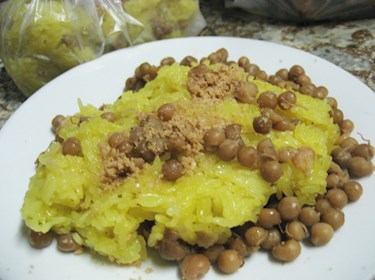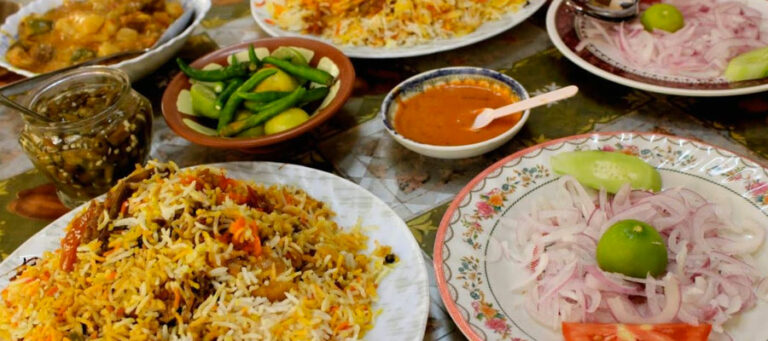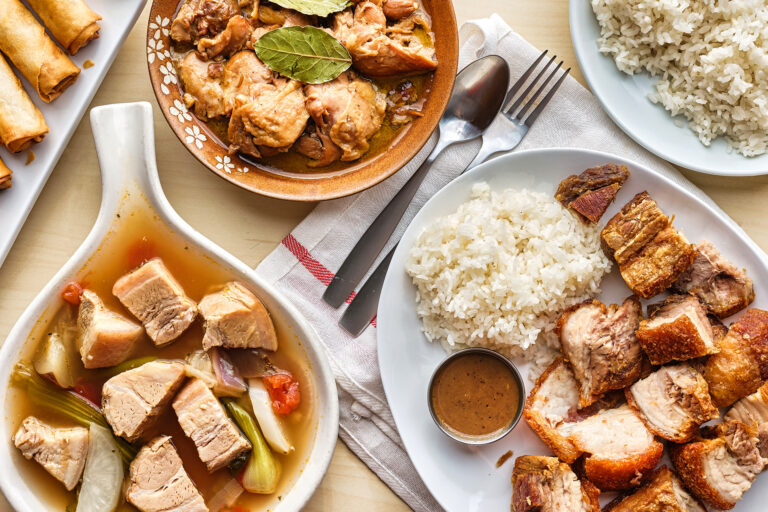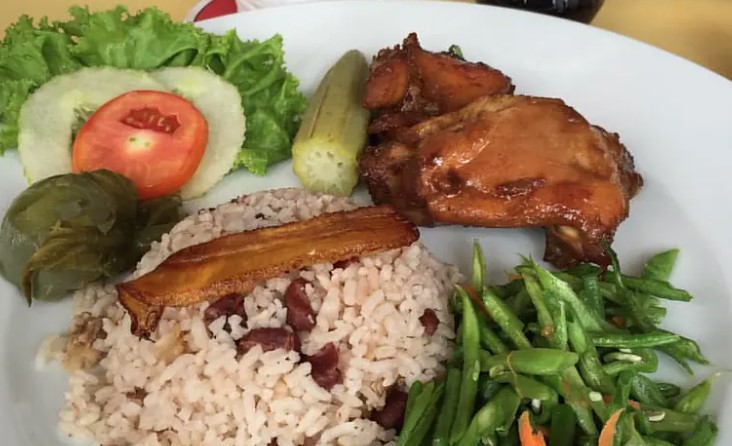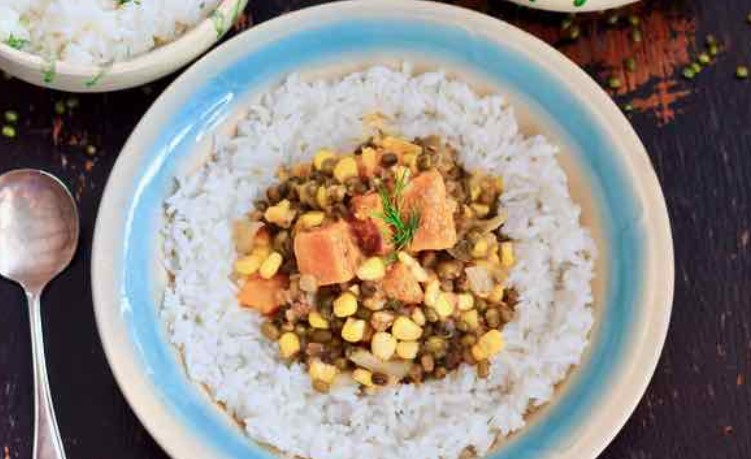Introduction: Myanmar cuisine and its staple food
Myanmar cuisine, also known as Burmese cuisine, is a blend of various Southeast Asian culinary traditions and has its unique flavor profile. Myanmar’s cuisine is characterized by its simplicity, use of fresh ingredients, and an emphasis on balancing flavors. Rice is the staple food of Myanmar, and meals are typically served with a bowl of rice. In Myanmar, rice is not just a food item but a symbol of life, prosperity, and cultural heritage.
Rice cultivation: The backbone of Myanmar’s economy
Myanmar’s economy is heavily dependent on the agricultural sector, and rice is the most important crop, both in terms of cultivation and consumption. Rice cultivation has been a part of Myanmar’s culture for centuries, and it is a vital source of income for the majority of the population, who are farmers. According to the Ministry of Agriculture and Irrigation, Myanmar produces more than 30 million tons of rice annually, making it one of the world’s top exporters of rice.
Two types of rice: Glutinous and non-glutinous
Myanmar produces two types of rice: glutinous and non-glutinous. Glutinous rice is stickier and chewier than non-glutinous rice, which has a fluffier texture. Both types of rice are used in Myanmar’s cuisine, and their usage varies depending on the dish being prepared. Glutinous rice is primarily used in desserts and snacks, whereas non-glutinous rice is used in savory dishes.
Myanmar’s rice dishes: From simple to exotic
Myanmar’s cuisine is diverse, and rice is used in various dishes, ranging from simple to exotic. Some of the popular rice dishes in Myanmar include Mohinga, a fish-based noodle soup served with rice, and Shan noodles, a dish made of rice noodles, pork or chicken, and vegetables. Other rice dishes include Nga Htamin, a fried rice dish with fish and vegetables, and Kyet Thar Hin, a chicken and rice soup. Myanmar’s rice dishes are characterized by their bold flavors, and the use of fresh ingredients.
Rice in traditional ceremonies and festivities
Rice is an integral part of Myanmar’s culture, and it is used in various traditional ceremonies and festivities. During weddings, the bride and groom exchange rice as a symbol of their union, and during the Buddhist festival, Thadingyut, rice cakes are offered to monks as a sign of gratitude. Moreover, during the New Year festival, Thingyan, rice is used to make special dishes such as Mont Lone Yay Paw, a sweet rice cake.
Conclusion: Rice, the indispensable ingredient in Myanmar cuisine
In conclusion, rice is an indispensable ingredient in Myanmar’s cuisine, culture, and economy. Rice is not just food in Myanmar, but a way of life, and it is deeply ingrained in the country’s cultural heritage. The cultivation and consumption of rice have sustained Myanmar’s economy and people for centuries, and it is impossible to imagine Myanmar’s cuisine without rice. Whether in simple or exotic dishes, rice remains a crucial component in Myanmar’s culinary scene.

